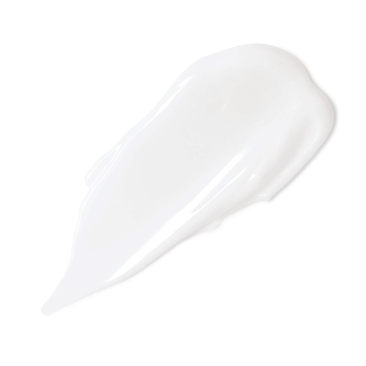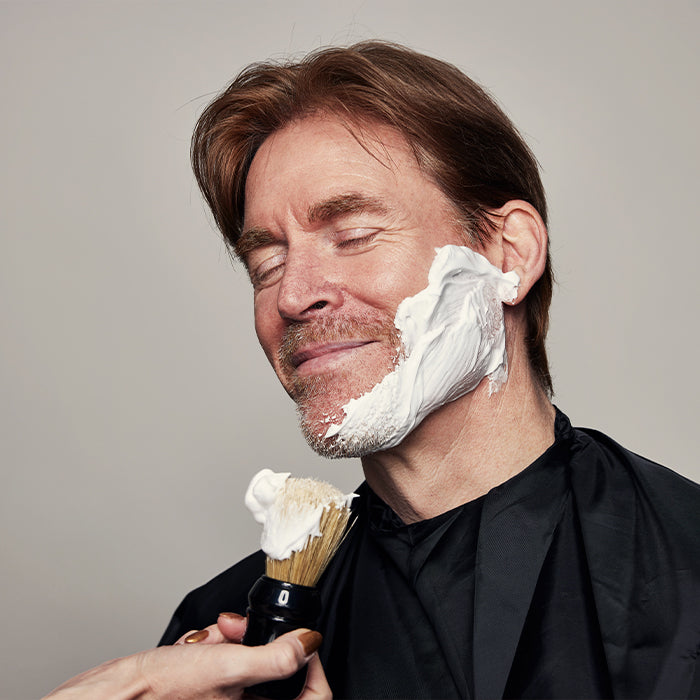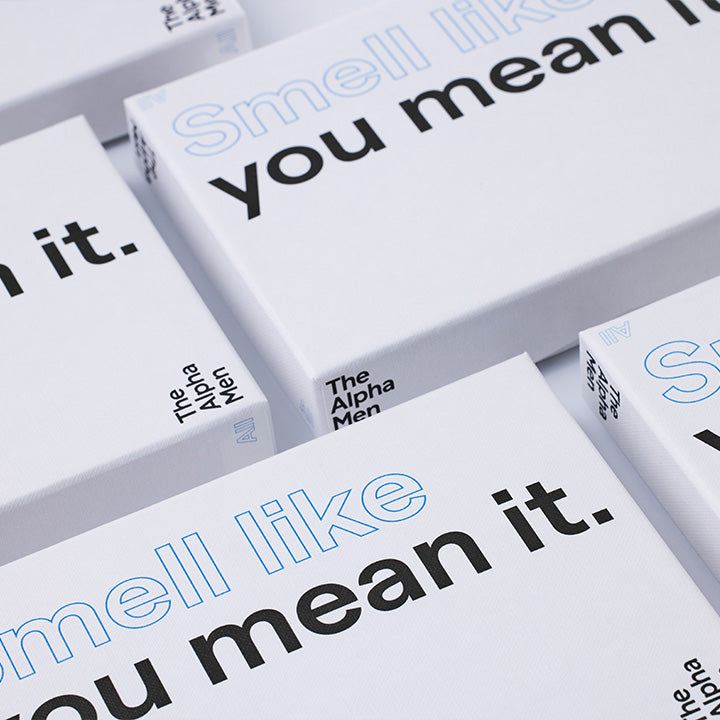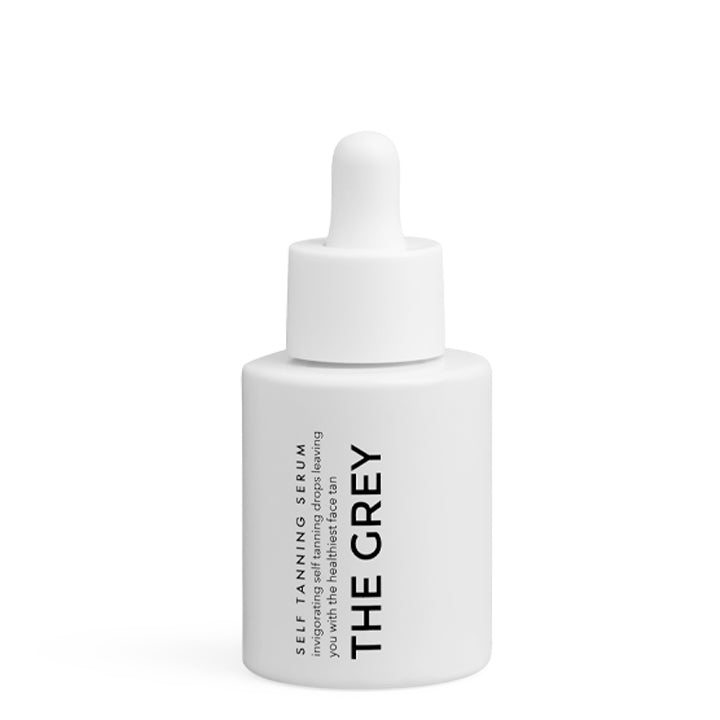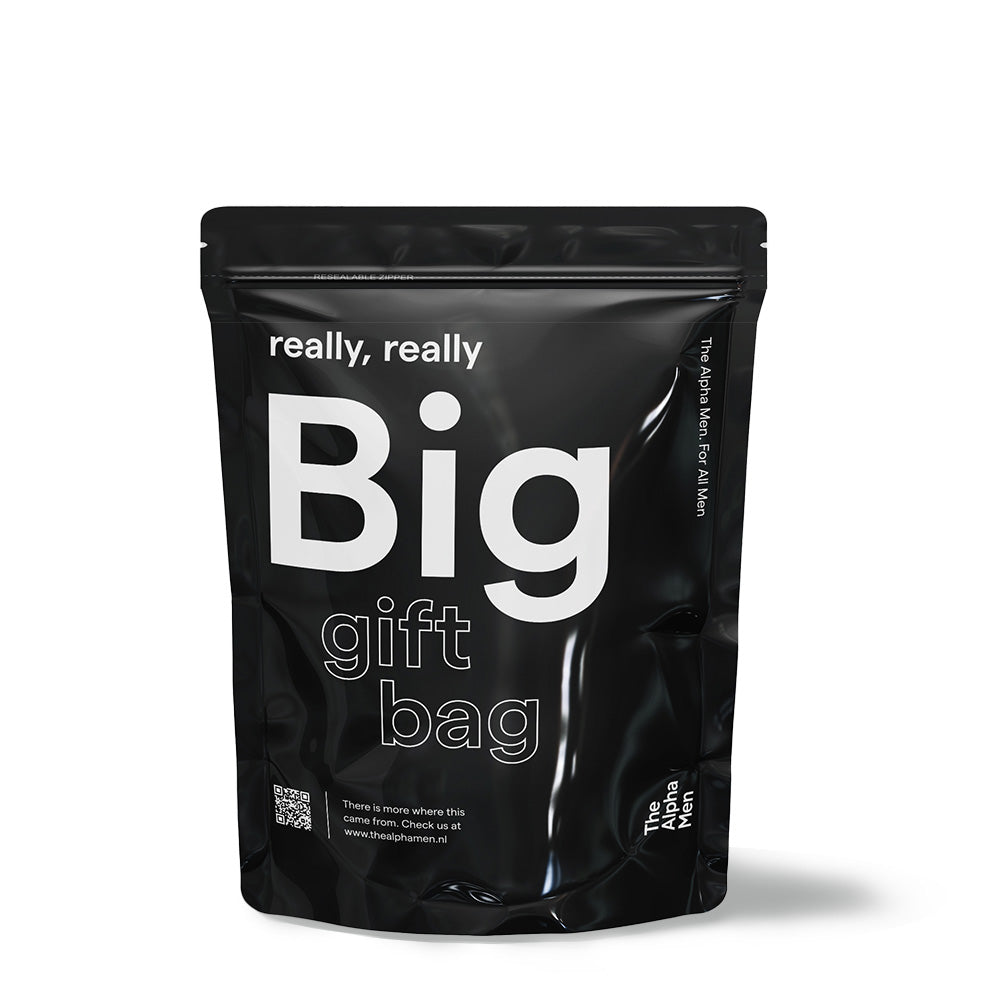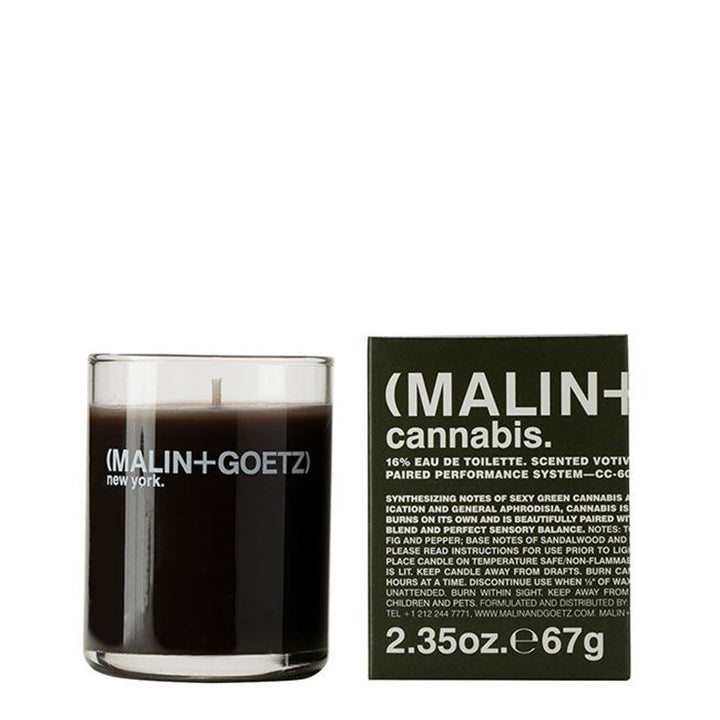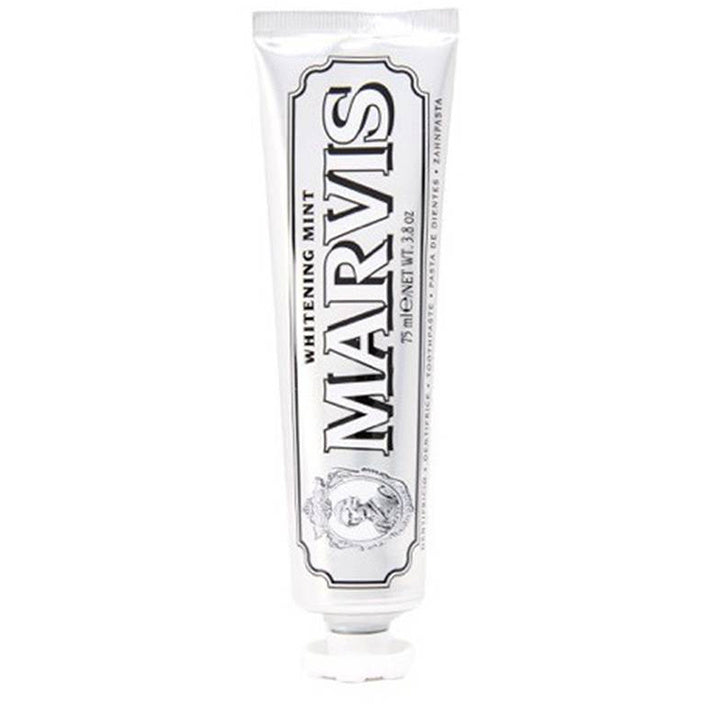What is the difference between a comb and a brush?
Many men think that a comb and one brush Being able to do the same for your hair. This is not the case. Combs and brushes are two very different styling tools, suitable for different goals. This is how a comb becomes Used to dismantle wet hair and styling products such as a pomade to distribute well over your hair. With a comb you also have a lot of control when styles, especially with short to medium length hair. Brushes, on the other hand, are usually used with dry hair or during blow -drying. A brush is ideal for distributing sebum and oils over your hair and remove dirt from your hairstyle. Especially with longer hair we recommend a brush. Do you want to know more about brushes? In these Brush Guide we explain it in detail.
The types of comb
There are so many different combs that we can understand that choosing the right comb is difficult. Which comb you need is mainly due to the type of hair you have and what result you want to achieve with it.
Styling kam
- Length: All hair lengths
- Ideal for: Unlock, style and help with cutting
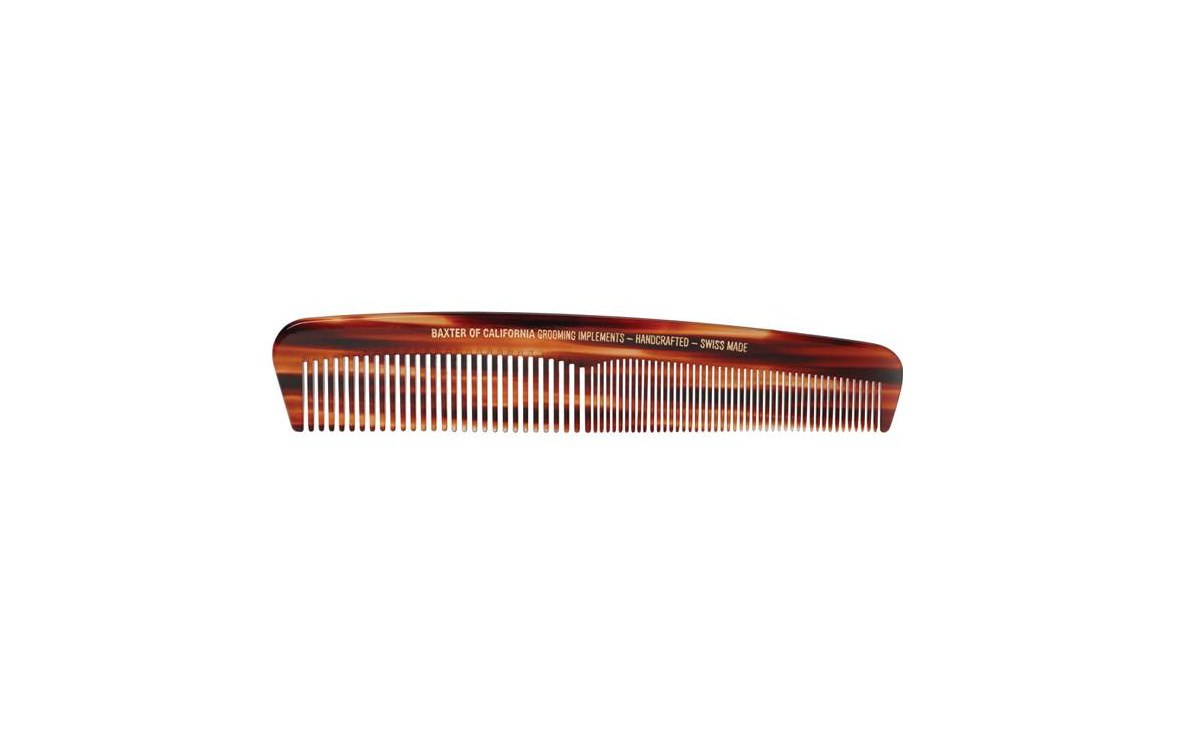
Pointed comb
The point comb, also called needle comb, can be recognized by its average teeth and thin end that is usually made of metal or plastic. The point comb offers many comb and styling possibilities and will already offer a solution if you have long hair. The point comb makes it easier to distribute your hair over your head so that you can easily reach tools such as a straightener or curling iron. This comb is also ideal if you want to create a divorce in your hair, as you do with a comb-over fade.
- Length: Medium length to long hair
- Ideal for: Style

Pocket Kam
The pocket comb; also sag, a very handy tool to take with you on the road! You can recognize the pocket comb to its short format and often fine teeth. Are you away from home and do you want to be able to restyle during the day? Then a pocket comb is a smart choice for you.
- Length: Short hair
- Ideal for: Style
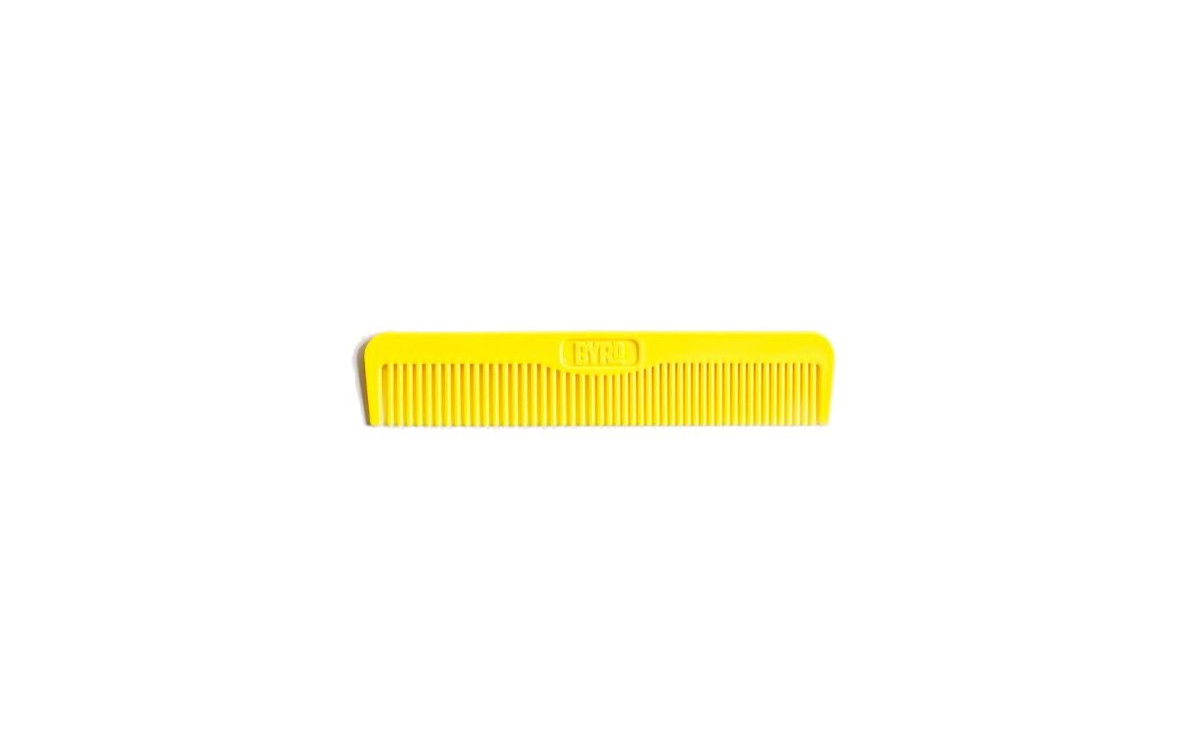
Afro Kam
Afro Kammen are widely used in frizzy hair and to apply volume to the hair. A Afrokam, also known as Afro Pick, is a large comb or plectrum with large, wide teeth that can come in tight curled hair and can lift it up and out of the head without destroying the curl. This type of comb is often used to create, style and keep an Afro hairstyle.
- Length: Short to medium -length groes hair
- Ideal for: Create styling and volume
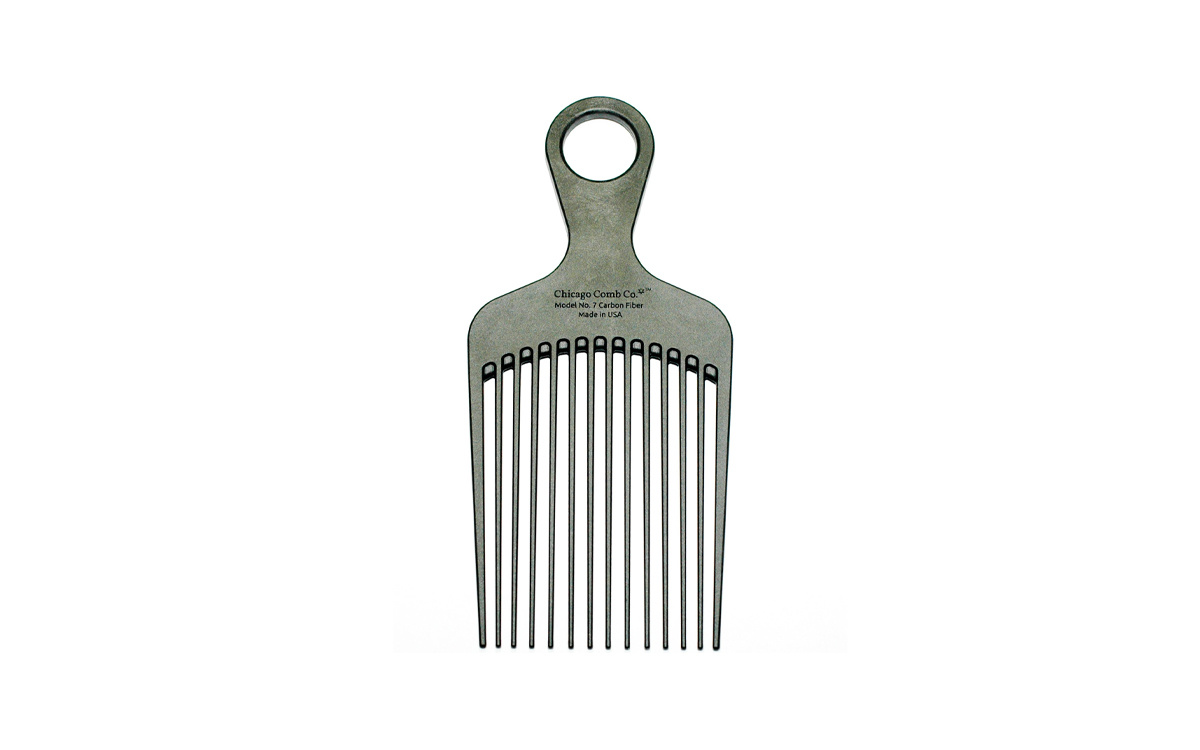
Battle -up comb
The battle -up comb Is just as high at every point, but the teeth varies, so that you can apply extra volume to your hair. The ideal length of the battlefall causes you to realize your vertical blow for extra volume or classic hairstyle in no time!
- Length: All hair lengths
- Ideal for: Make a strip
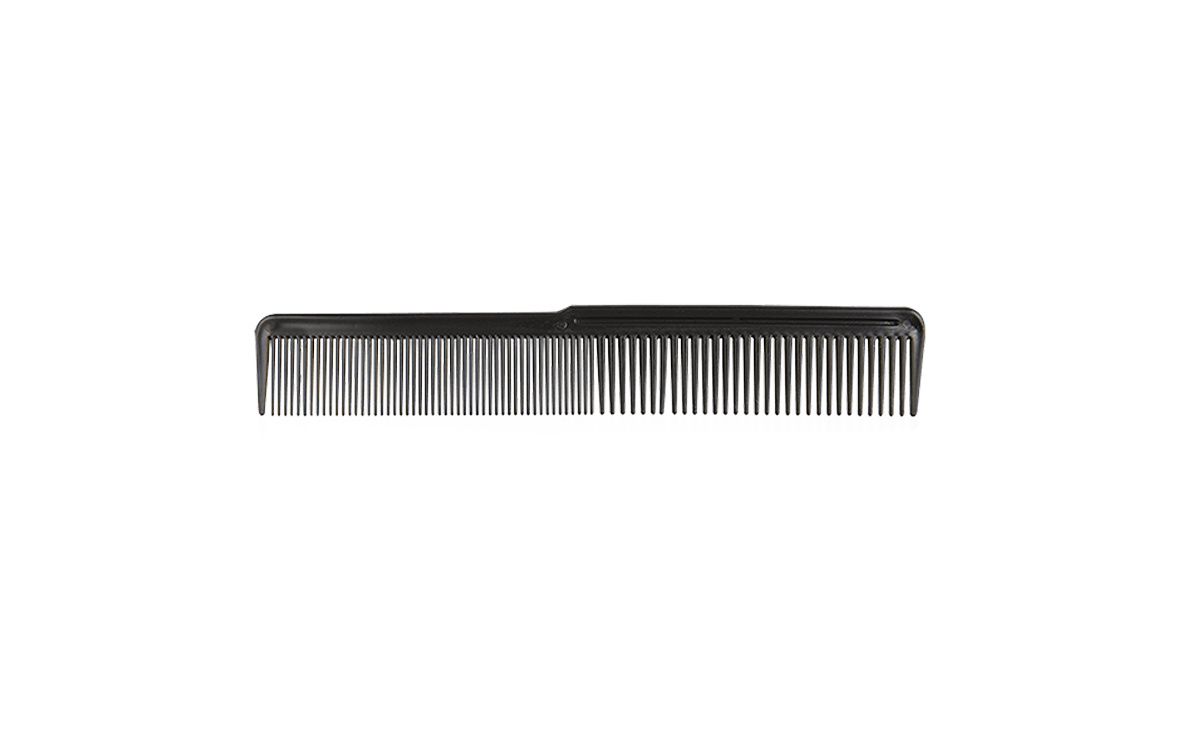
Gross comb
Finally, the gross comb, also known as strands comb. This comb without a handle has a very wide teeth, which makes it ideal for almost every type of hair. In addition to detailing, you can also use this comb perfectly if you want to style your hairstyle a bit more casual/more natural. The coarse teeth ensure a less polished look.
- Length: Medium length to long hair
- Ideal for: Climber
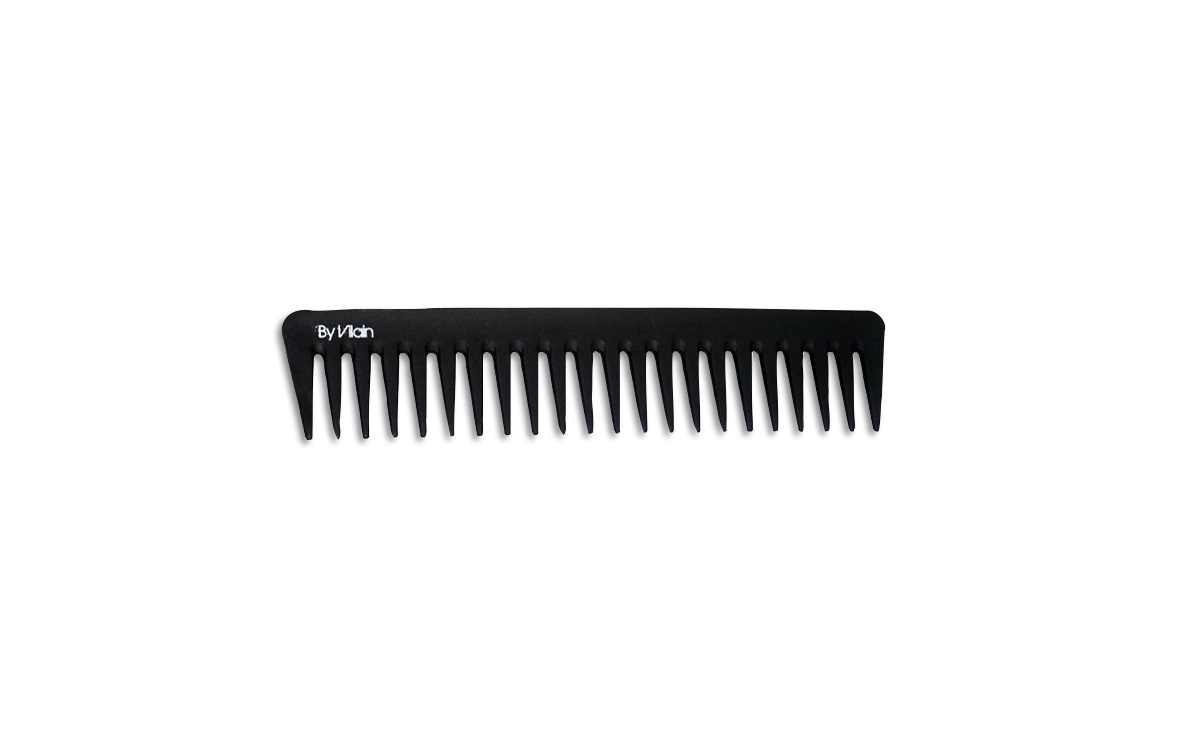
Material species
Each comb is made from a type of material that best meets the use of the comb. Below we set the benefits per material for you.
Combing wood
A comb of wood massages your scalp and ensures that the naturally available oils take care of your hair. Woods that are often used in combs are sandalwood, cherry wood and bamboo.
Advantages:
- Wooden combs are soft for your hair
- Wooden combs feed your hair in a natural way
- Wooden combs ensure a healthy scalp (increases blood circulation)
- Wooden combs prevent tangles and fractures
-
Wooden combs are suitable for all hair types
Combing of carbon
Comments made from carbon are heat resistant. You can therefore use a carbon comb in combination with a hair dryer or other hot hair styling tools. Combing from carbon are also very strong. Do you have thick or confused hair? For a comb made of carbon no problem!
Advantages:
- Carbon combing are heat resistant
- Carbon combing are strong combs, also suitable for thick and confused hair
- Carbon combing prevent static electricity in the hair
- Carbon combing are lightweight combing
- Carbon combing are not flexible, ideal for retaining it during a haircut
Combs of metal
Metal combs know how to prevent annoying friction in your hair, so it will not get hold of. The material is durable and combs of metal that beautiful vintage look! Metal combs are hard, so it would be better to choose a comb from a different material for the sensitive scalp.
Advantages:
- Metal combs are very sturdy
- Metal combs are not stuck as plastic combs do
- Metal combs are generally beneficial
- Metal combs are heavy, making them easy to glide through your hair
- Metal combs do not arouse allergic reactions
Combing plastic/cellulose acetate
A comb from plastic is often seen as cheap and less efficient, because their teeth can break quickly and ribs can remain in the comb during the production process. This means that a plastic comb gets stuck in your hair faster.
There are of course also plastic combs of very good quality. For this quality you end up with a comb of cellulose acetate. These combs are usually handmade and professionally finished for years of KAM pleasure!
Advantages:
- Combing cellulose acetate are strong
- Combing of cellulose acetate are easy to clean
- Combing of cellulose acetate are also suitable for face hair
- Combing of cellulose acetate are free of harmful substances
- Combing of cellulose acetate are durable
Combing from Hoorn
A comb made from Hoorn - for example buffalo horn - is heavy in weight and is very sturdy. Hornkams are made of natural material, which makes the purchase price slightly higher than with a different type of comb. Still, choosing a horn comb is worth your money completely!
A horn comb causes no static electricity. In addition, a horn comb will not damage your scalp. The moderate hardness of a horn comb will massage your scalp to stimulate the capillaries of your scalp. This makes them thicker, increases blood circulation and provides the brain mechanism with more nutrition and oxygen. This can help you to stimulate hair growth and prevent hair loss!
Advantages:
- Kammes van Hoorn prevent static electricity
- Kamming van Hoorn stimulate blood circulation
- Kammes van Hoorn are rich in amino acids and keratin
- Kammes van Hoorn are 100% natural
- Kammes van Hoorn are of high quality and last a very long time
Which comb do you order?
Have we been able to help you make a choice in type and material? Always remember the following; Do you mainly use the comb to style with? Then choose a comb with a nice teeth. A comb with coarse toothing, on the other hand, is best used if you want to detect your hair.


